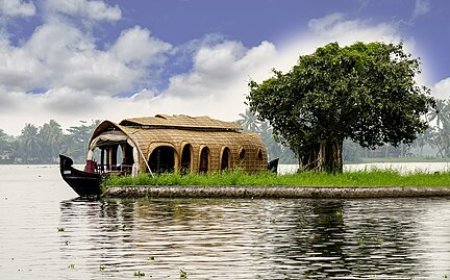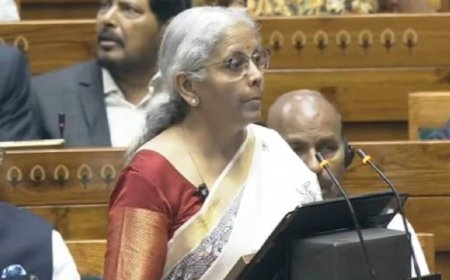In strategic signalling to China, India exercises two carrier battle groups together

In a decidedly deadly demonstration of expanding sea control and power-projection capabilities in its primary area of strategic interest from the Malacca Strait to Persian Gulf, India has now undertaken synergised operations of two aircraft carriers accompanied by several warships, submarines and over 35 aircraft in the Indian Ocean Region (IOR).
The two carrier battle groups (CBGs) led by the old Russian-origin INS Vikramaditya and new indigenous INS Vikrant, each around 44,000-tonne, cruising on the high seas unfettered by land boundaries, came together for the first time for the mega exercise in the Arabian Sea.
Capable of moving 400 to 500 nautical miles a day, a CBG is a floating air base with fighter jets and helicopters that can sanitise over 200 nautical miles around it. “This demonstration of naval prowess underscores India's commitment to safeguarding its national interests, maintaining regional stability, and fostering cooperative partnerships in the maritime domain,”
Navy spokesperson Commander Vivek Madhwal said on Saturday.
It also marks “a significant milestone” in the Navy's pursuit of enhancing maritime security and power-projection in the IOR and beyond, he added.
The combat manoeuvres with the “seamless integration” of the two CBGs, coupled with the recent long-range strike missions practised by the IAF’s Rafale and Sukhoi-30MKI fighter jets on the western and eastern seaboards, are an unmistakable strategic signal to China about its vulnerabilities in the IOR.
While China presses India along the land borders with its “salami-slicing” tactics, it is steadily also stepping up its presence in the IOR. With the world’s largest navy with 355 warships and submarines, China now deploys seven to eight vessels and spy ships in the IOR at any given time. It is also helping Pakistan build a strong maritime force to challenge India in the Arabian Sea.
China will also begin to deploy CBGs in the IOR in the near future. It already has two carriers, Liaoning and Shandong, and is fast completing the third, the over 80,000-tonne Fujian, with the eventual aim being as many as 10 CBGs.
For now, India enjoys an advantage in the IOR due to the logistical issues faced by China, and can successfully exploit its “Malacca Dilemma” if the push comes to a shove.
The Indian Navy, however, is yet to even get the preliminary nod for a third aircraft carrier, which will take over a decade to build. INS Vikrant, the largest-ever warship to be built in India for about Rs 20,000 crore, will also become fully combat-ready only after the MiG-29K fighters complete their ongoing trials from her flight deck by early-2024.
But the navy is all gung-ho. “INS Vikrant and INS Vikramaditya are mobile air bases that can be positioned anywhere, allowing for increased mission flexibility, timely response to emerging threats and sustained air operations to safeguard our national interests across the globe,” Commander Madhwal said.
The successful demonstration of two-CBG operations serves as “a powerful testament” to the pivotal role of sea-based air power in maintaining maritime superiority. “In addition, they provide our friends with an assurance that the Indian Navy is capable and ready to support our 'collective' security needs in the IOR,” he added.
India certainly needs three aircraft carriers, with one each for the eastern and western seaboards, while the third undergoes the periodic refit and maintenance cycle.
What's Your Reaction?










































































